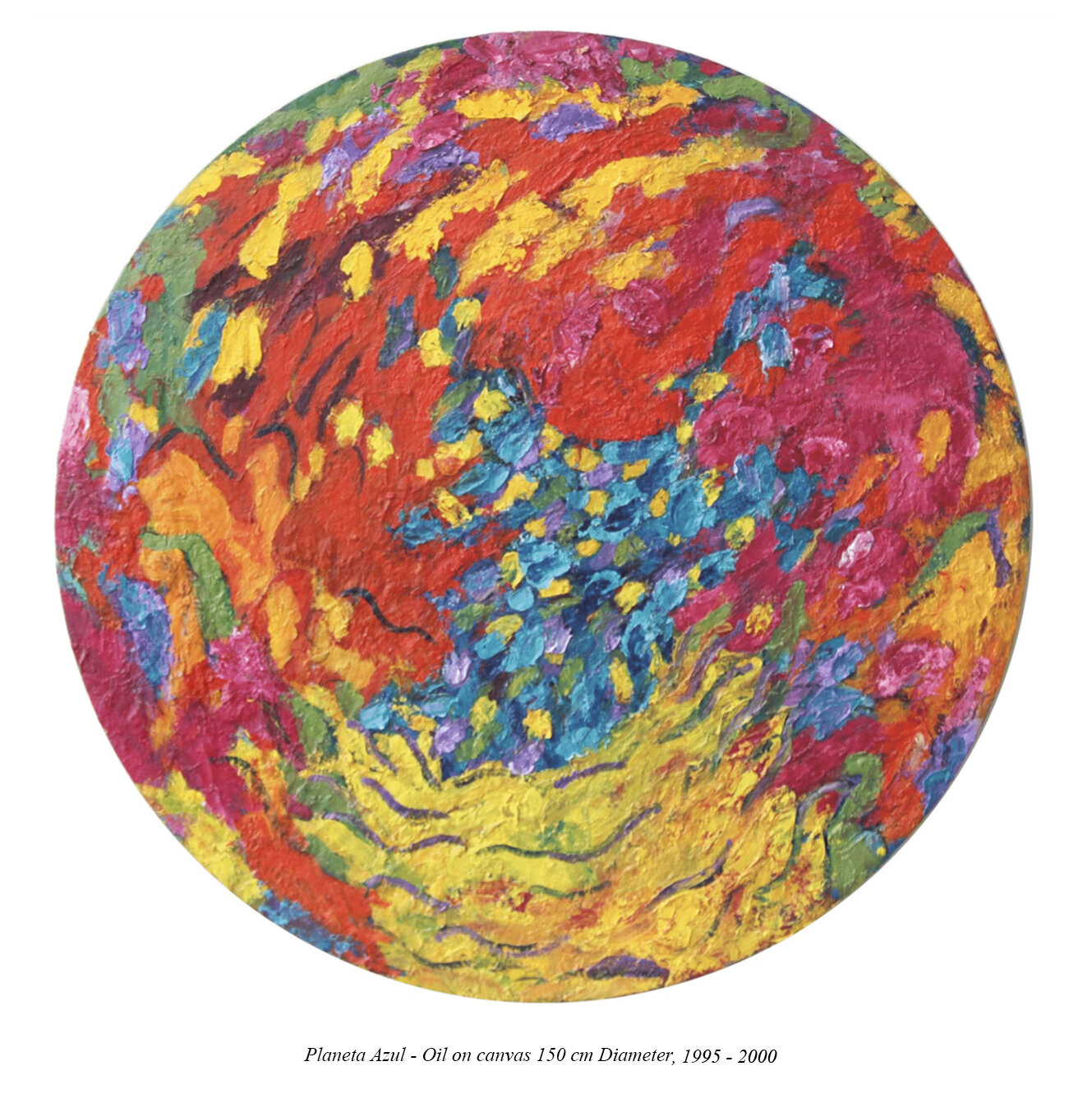Issue # 5 Ilya Quimper
Curated by: Nicole Franchy






Ilya Quimper was born in Lima, Peru to an artist mother and career diplomat father who served at the UN since its founding. The family went to live in New York City in 1947, where she grew up in a multicultural and politically active environment. After earning a degree in fine arts at The School of Visual Arts in New York City she made a major life change, moving back to Peru and thus reconnecting to her roots.
An artist that had cherished her solitude and independence, she maintained a link to her past bohemian lifestyle by embracing ecology and nature. She transformed her suburban home embracing eco-feminism, growing her own vegetables, having farm animals, and creating a studio space that extended into an open air terrace where she would work on numerous large scale paintings, often simultaneously, using only natural light. Her subject matter varied from her own orchard, her four children, the extensive hay fields at the nearby agrarian university, the hills around the area and fields of flowers. Her strong temperament manifested itself through the vivid use of color and the vigorous brushstrokes she applied throughout her paintings. Most of her works are characterized by their luminous bright colors and inspiration in nature from afar. Large swaths of colors could be simultaneously bold, vulnerable and impulsive all at the same time. The raw power of her brushstrokes and bright color palette– blue, red, orange, fuchsia, turquoise with black and colored line overlays made with oil sticks or thick oil paint give away her sensitive but strong will and her movements throughout the canvas, giving them their residing power.
Stylistically her works were often inspired by Abstract Expressionism and Fauvism, and she was most strongly influenced by 20th-century painters, early on by Matisse and Alechinsky and later by Willem de Kooning, Cy Twombly and Joan Mitchell, among others. She would participate in gatherings and long conversations with David Herskovitz, Cristina Galvez and Daphne Zileri, whom she considered to be her closest peers and some of them her mentors. In the 1980’s she began exhibiting her work and actively participated in the local art scene. These years were marked by the horrors of guerilla war and domestic terrorism. The killing of her close friend, the journalist and environmental activist, Barbara D´Achille at the end of the 80´s by the Shining Path compelled her to depict more environmental themes in her work. Her horizontal landscapes shifted into aerial ones, taking a satellite view of the earth.
In the late 1990's, the combination of environmental changes such as the development of the Antarctic ozone hole and polar ice melt as well as increased access to images of Earth from newspaper clippings and prints from satellites (pre-google maps), led her to launch a new body of work named the “Mundos” - her “Worlds”. These round canvases abstractly depicted the disquieting events of the Anthropocene. Works include “Antarctica”, focusing on the loss of sea-ice and Antarctic glaciers and ice-caps. Next came “Paracas”, named after a Peruvian nature reserve which is home to several species on the brink of extinction, “Planeta Azul” after planet Earth and “Marte” after Mars. Finally, as the United States invaded Iraq for the second time, she made a large round aerial view of Bagdad depicting US aggression and the destruction it wrought. These depictions from afar and seemingly removed reflect her personal concerns and hopes to make sense of her visionary understanding of her times, the future and the pressing political and environmental spiral downfall we now see as a result.
Ilya Quimper (Lima 1943) studied at the School of Visual Arts, (1960 – 1963) New York and studied later at the Cristina Galvez atelier in Lima.
Zeitgenössische Kunst Aus Peru, Dresden Bank, Hamburg (2002); US Embassy in Peru, Lima, (1991); Marc Chagall Gallery, Lima (1990); Petro Perú Gallery, Lima 1986; Her solo exhibitions includes Forum Gallery, Lima (1985); Peruvian Painters, El Puente Gallery, Lima 1984; Consecutive solo shows at her gallery in Lima Equus, Lima 1980, 1981, 1982, 1983.
Her work is owned by collections such as: Dresden Bank Collection, Dresden; Banco Continental collection, Lima; Steven Marguries Collections; Hugh and Johana Grifith collection, Alex Zarak Collection among others.

